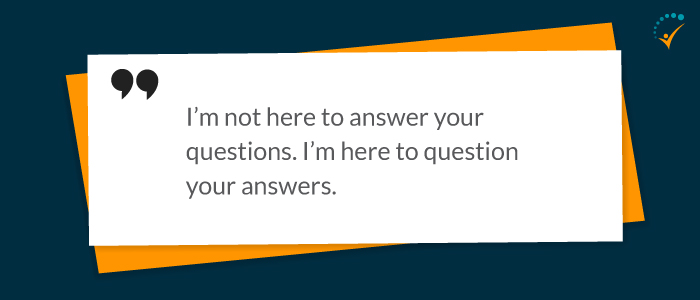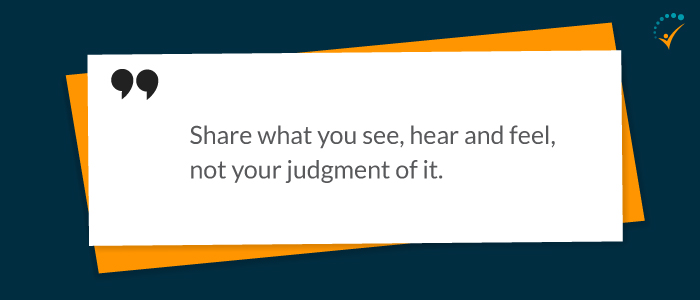
Agilemania
Agilemania, a small group of passionate Lean-Agile-DevOps consultants and trainers, is the most tru... Read more
![]() Get Your AI-Enabled Scrum Master Certification for Just ₹2,500 (Save 75%)!
Get Your AI-Enabled Scrum Master Certification for Just ₹2,500 (Save 75%)!
Scrum.Org
SAFe®
ICAgile
Scrum Alliance
Technical Agility
Kanban
Business Analysis
Project Management
AI-Enabled
Agilemania Academy
Scrum.Org
SAFe®
ICAgile
Scrum Alliance
Technical Agility
Kanban
Business Analysis
Project Management
AI-Enabled

Agilemania
Agilemania, a small group of passionate Lean-Agile-DevOps consultants and trainers, is the most tru... Read more

Agile Coaches have many Complementary Roles (Please refer to Lysa Adkins's Agile Coaching Competency Framework
The role of a coach is to help people make positive change Our focus is on helping people to understand the need for change, to explore the choices they make in reacting to change, to discover how they influence outcomes and to use the resources available to them to reach their desired state.
Human brains are wired to hate change, coaches must find ways to inspire or motivate teams and individuals to try new things. Following are Seven Habits of a Successful Agile Coach which enable conversations that provoke thinking in individuals as well as in teams (Below 7 habits below are useful when coaching 1-1 or in the context of team coaching)

As a coach, having the right questions is more valuable than having the right answers. When people come up with their own solutions they’re more likely to follow through. A good question at the appropriate time can set change in motion for your clients by creating insight or inspiration.
Ask questions – in a curious way – that help people see that what they are doing may not be moving them toward their desired outcome. When you’re learning coach skills, you can be distracted by needing to “get it right.” Rather than following a script, a coach navigates the conversation via curiosity.
As with any communication, the more you focus on the audience the more confident and effective you will be. It takes the spotlight off you and what you’re doing and shines it on the clients and their needs. Keeping your attention –and the client’s – on the desired outcome is the key to both their success and yours. Here are the types of questions you should be asking-

Definition (The) ability to ask questions that reveal the information needed for maximum benefit to the coaching relationship and the client
Asks questions that reflect active listening and an understanding of the client’s perspective
Asks questions that evoke discovery, insight, commitment, or action (e.g., those that challenge the client’s assumptions)
Asks open-ended questions that create greater clarity, possibility, or new learning
Ask questions that move the client towards what they desire, not questions that ask for the client to justify or look backward Video: https://vimeo.com/73959726
Listening is the way we connect with people. They can tell when the connection is there and will be more open to sharing and try on new ideas with you. Engaged Listening helps us to give full attention to the words, nuances, and unspoken meanings of our clients’ communication. Levels of Listening (As per Co-active Coaching Book) Level I – Attention is on ourselves.
Dialogue is all about us, not about the person we’re talking with. Level II – Focus is on the other person, their words, tone, pace, feelings, and even what is not said. Level III – Goes way beyond words. Involves energy and intuition, all the senses.

Definition Give full attention to the words, nuances and the unspoken meaning of the client’s communication. The coach is more deeply aware of the client, his or her concerns and the source of the issue by listening beyond what the client is able to articulate. - International Association of Coaching

One of the key skills required for a Coach is Observing and Sharing Observations. The primary goal of coaching is to guide clients toward self-improvement through observation and guidance. A good coach must learn to observe and listen, keep your own biases in control, not jump to premature conclusions, and communicate well.
This naturally affects how you are aware of yourself, how you react to other people, and how others perceive you. Observe how the team works; challenge and question their assumptions and status quo, how practices are being effective/ineffective, hidden impediments, what’s blocking the team from achieving its goals, etc.
When you are working on helping your teams or trying out new practices and behaviors, you won’t have the time to stand separate from the situation and observe yourself. An Agile Coach in the Reflective Observer role will notice the interactions and reactions and, without judgment, provide you with a perspective you may not have noticed. Here is what a reflective observer (Agile coach) does-

Definition As a reflective observer, your Coach observes interactions between everyone within the organization, often opening up an external perspective they may not have noticed themselves before
Gain recognition as an expert in Agile methodologies, expand your career prospects, and access a global community of Agile practitioners.
Register Today
As Coaches, Provide Relevant and timely feedback. Provide feedback on things done well, not just what needs improving. According to Roger Fisher and Alan Sharp, there are at least three different kinds of feedback:
Tips on How to give Critical Feedback:
Step 1: “Ask for Permission” – Just ask, “Can I share some feedback with you that I hope will be helpful?”
Step 2: “Current Behavior” – Be clear, concise and come armed with recent examples to illustrate what you’re talking about”
Step 3: “Effect of Behavior” – Go gently in sharing the effect that you see someone’s behavior has on you and other people and how it can impact their future
Step 4: “Desired Behavior” – State the behavior you would like to see more of. The more specific you are, the better. Simply put, prepare a feedback sandwich.
Since you already know the ingredients, this is how it should look like.

Definition The goal of giving someone feedback is to help that person/team with personal growth. It needs to be valuable and relevant to them. Ideally, uncovering blind spots which that person didn’t see before. It’s about them. Not you.
Dwell in Possibility As a Coach, you are helping to open the minds of your clients and teams. You help them gain a new perspective on what they might achieve. Some effective coaching behaviors:
Definition Recognizes and helps the client acknowledge and appreciate his or her strengths and potential.
"My clients get focused and produce faster because they have a coach." We hear this far too often. Right? So what do these coaches have in common? The ability to set smart goals.

Coaches:
Some effective coaching behaviors:
Definition Helps the client become or remain focused and working towards intended goals
Get people talking about what they want.
Build out that picture of what their desired future state looks like. The more visual and emotional this becomes, the easier it is to start taking steps to make it happen. From this expansive place, it is easier to break down limiting beliefs and challenge assumptions. Don’t be afraid to challenge people and teams. Challenge their limiting beliefs, their excuses, and their assumptions. Challenging long-standing assumptions may appear difficult. But it need not be if you follow a few simple steps-

Want more for them than they want for themselves. Help them get past their comfort zone to find their growing edge. Coaches:
Definition A good Coach challenges your assumptions, organizational processes, and structure. He or she even risks getting “fired” as a result of challenging your status quo. Although it often hurts when someone challenges you with radical, new ideas and suggestions, it’s important to be open to change without falling into the trap of being defensive or unwilling to listen.
References
Lysa Adkins – Coaching Agile Teams Book
Sue Johnston – ICP-ACC Course Material
IAC Coaching Masteries
Agilemania, a small group of passionate Lean-Agile-DevOps consultants and trainers, is the most trusted brand for digital transformations in South and South-East Asia.
WhatsApp Us
We will get back to you soon!
For a detailed enquiry, please write to us at connect@agilemania.com

